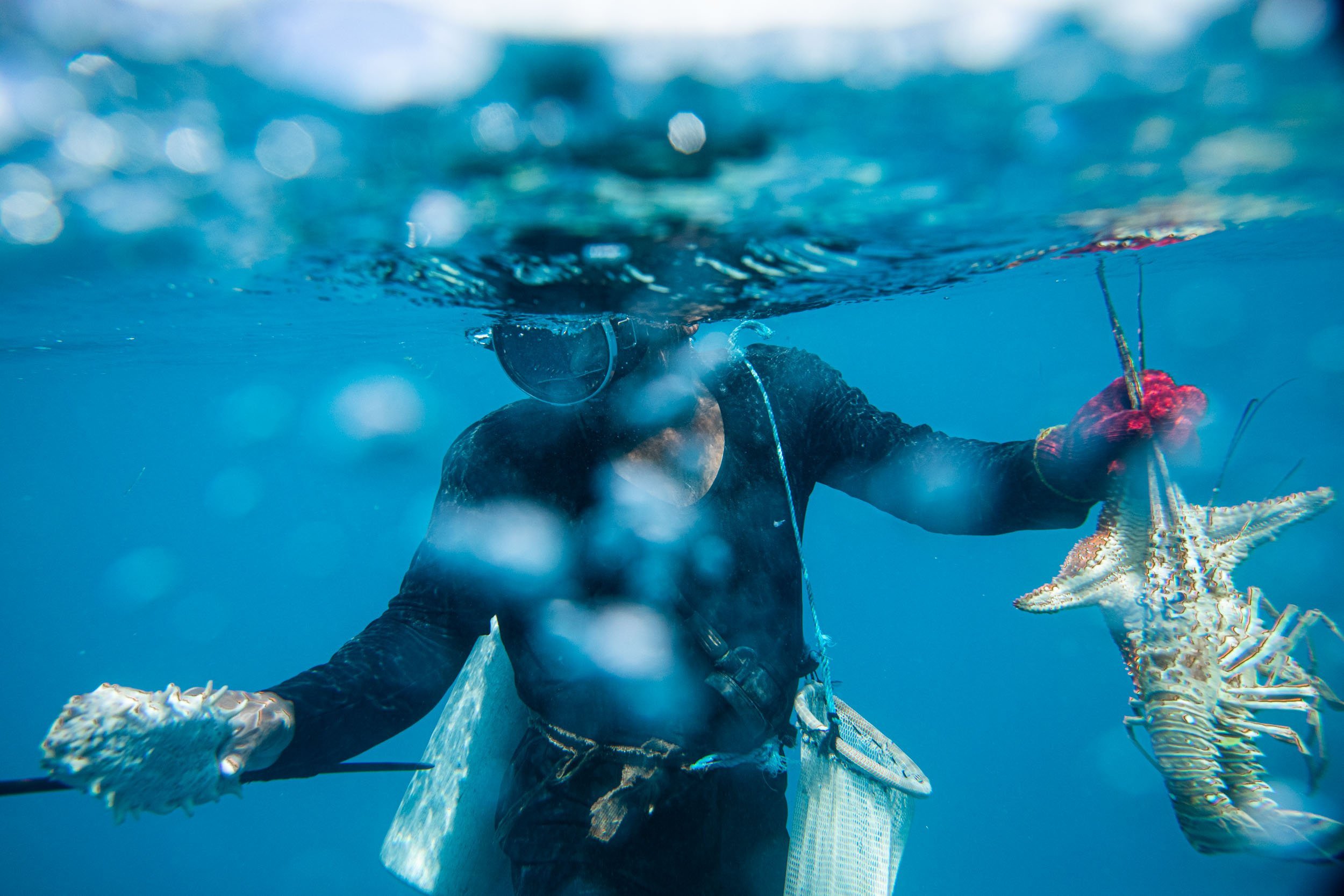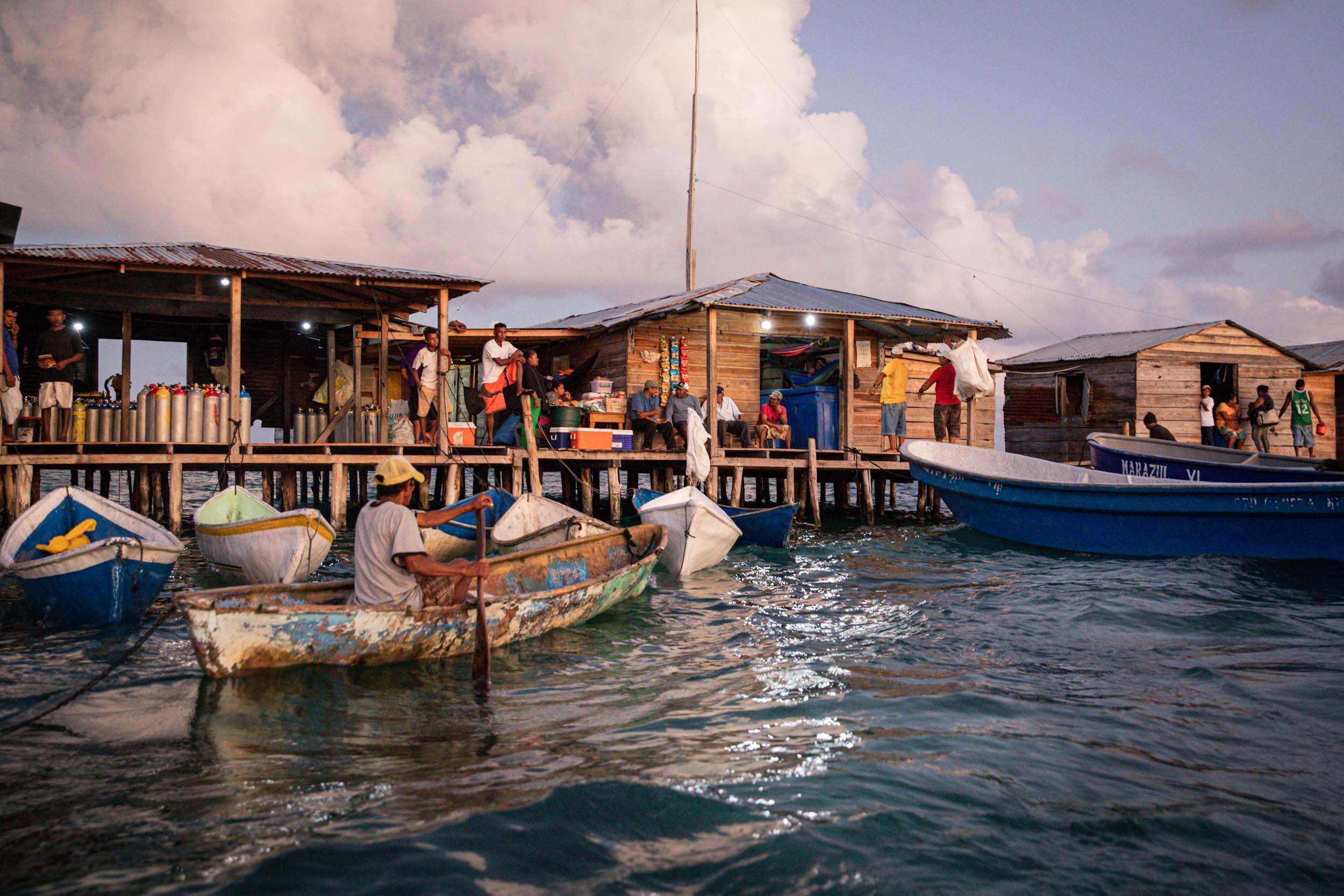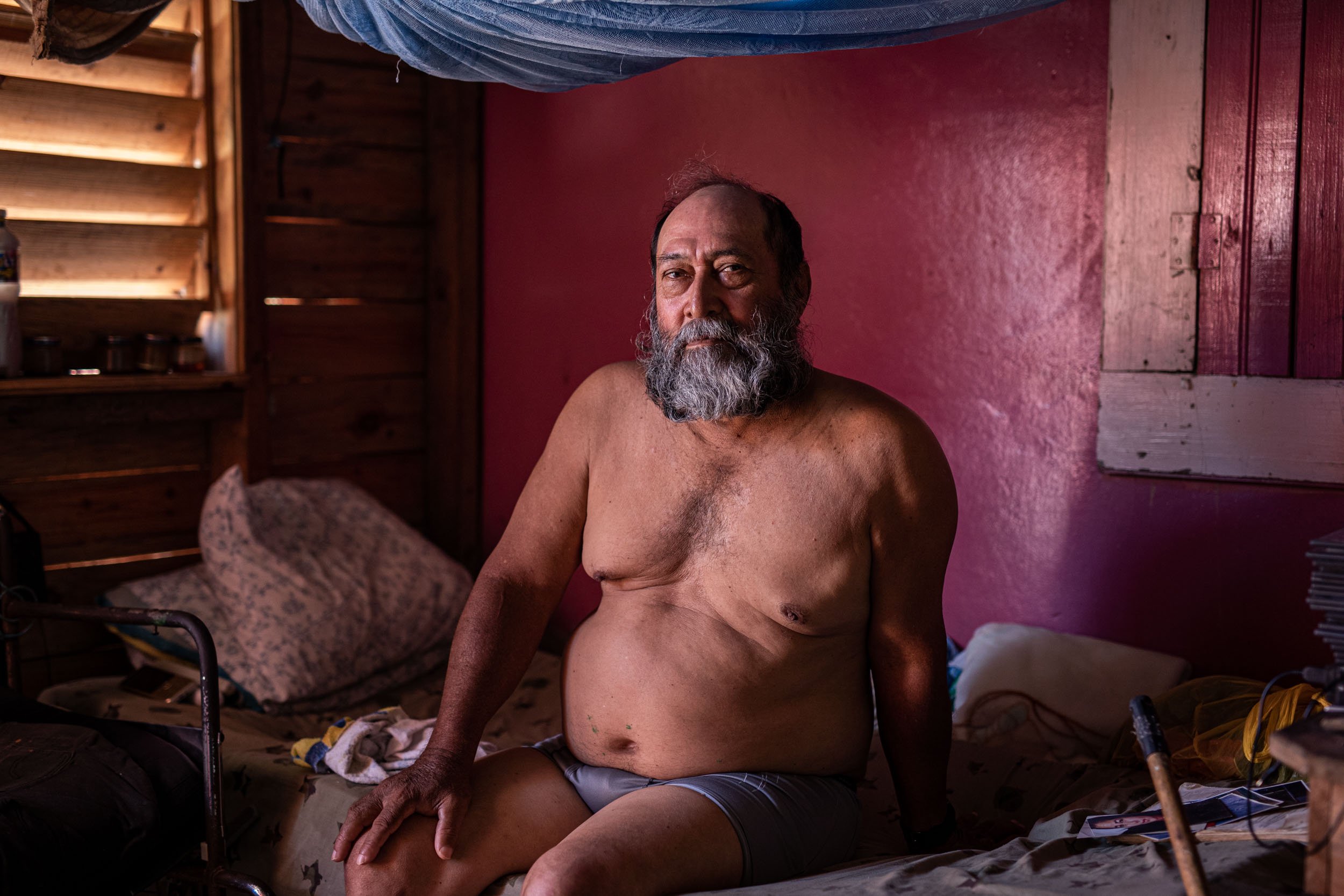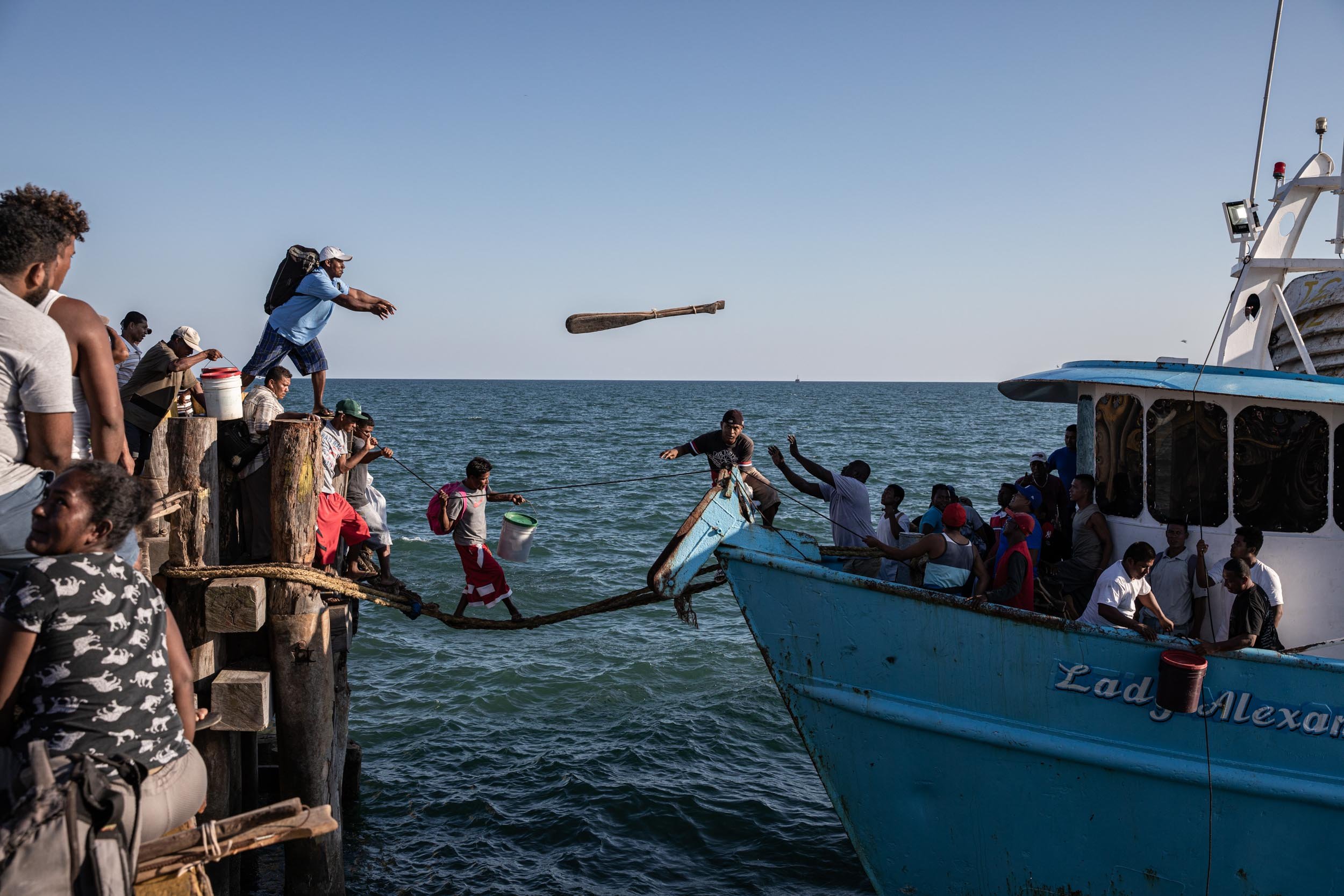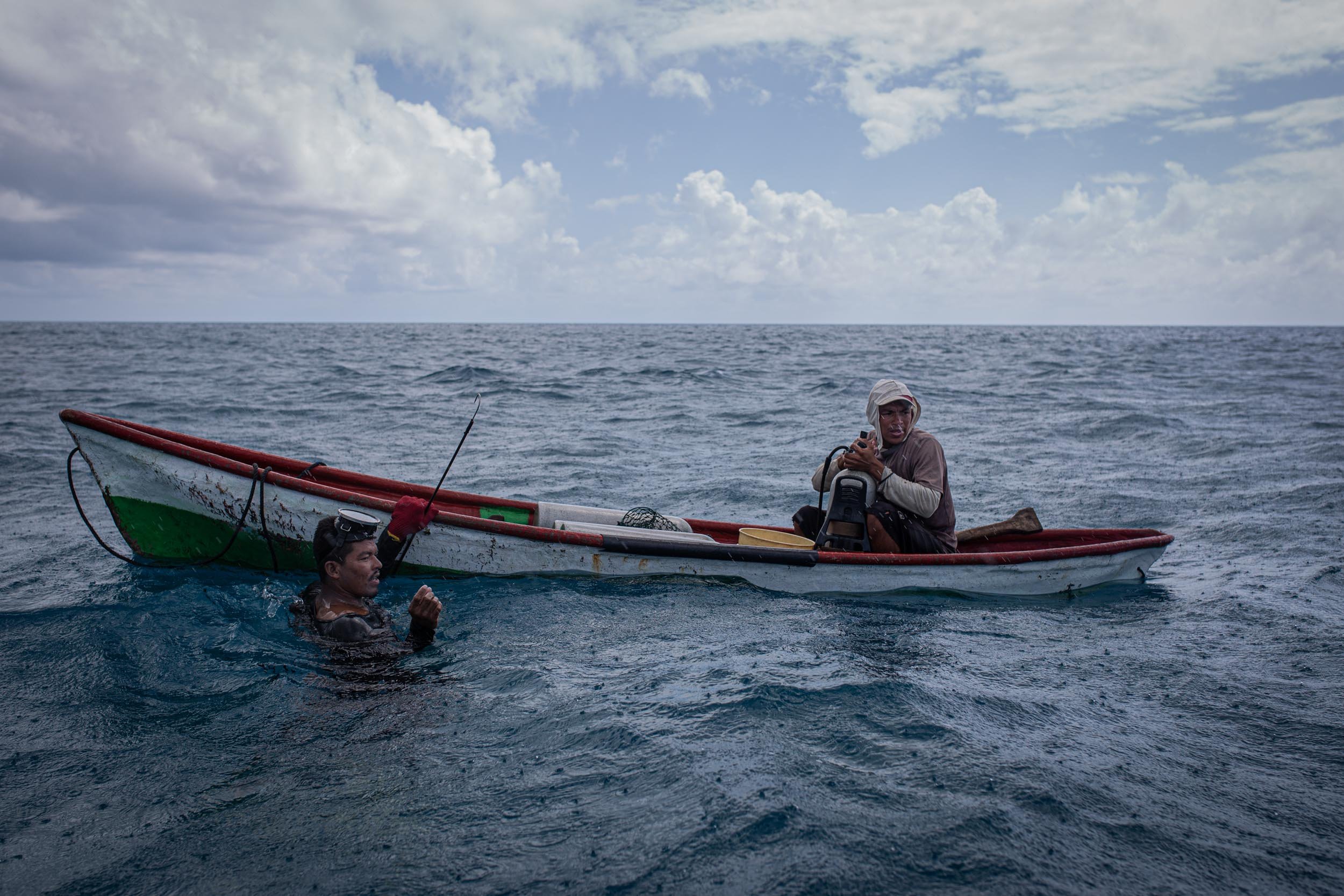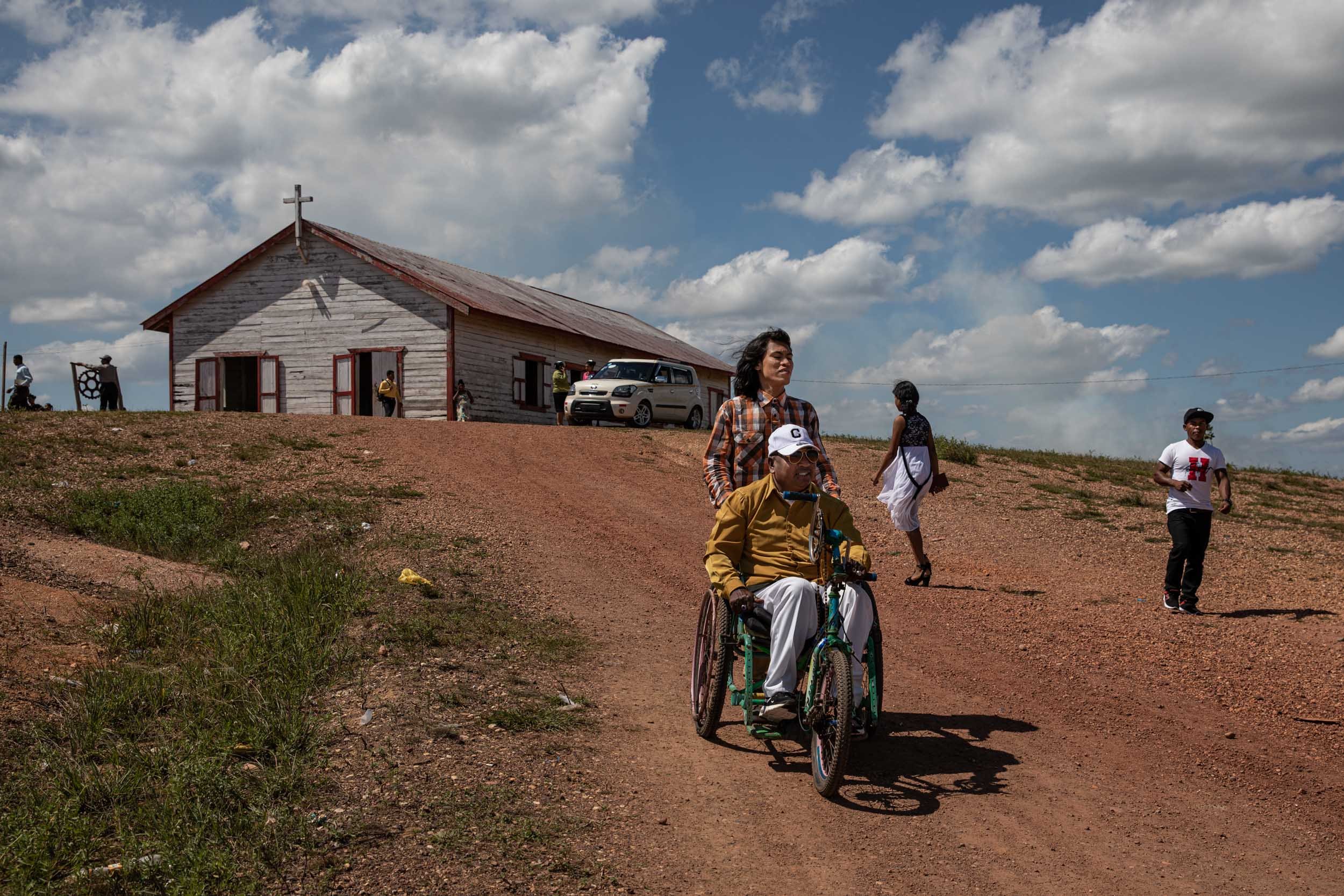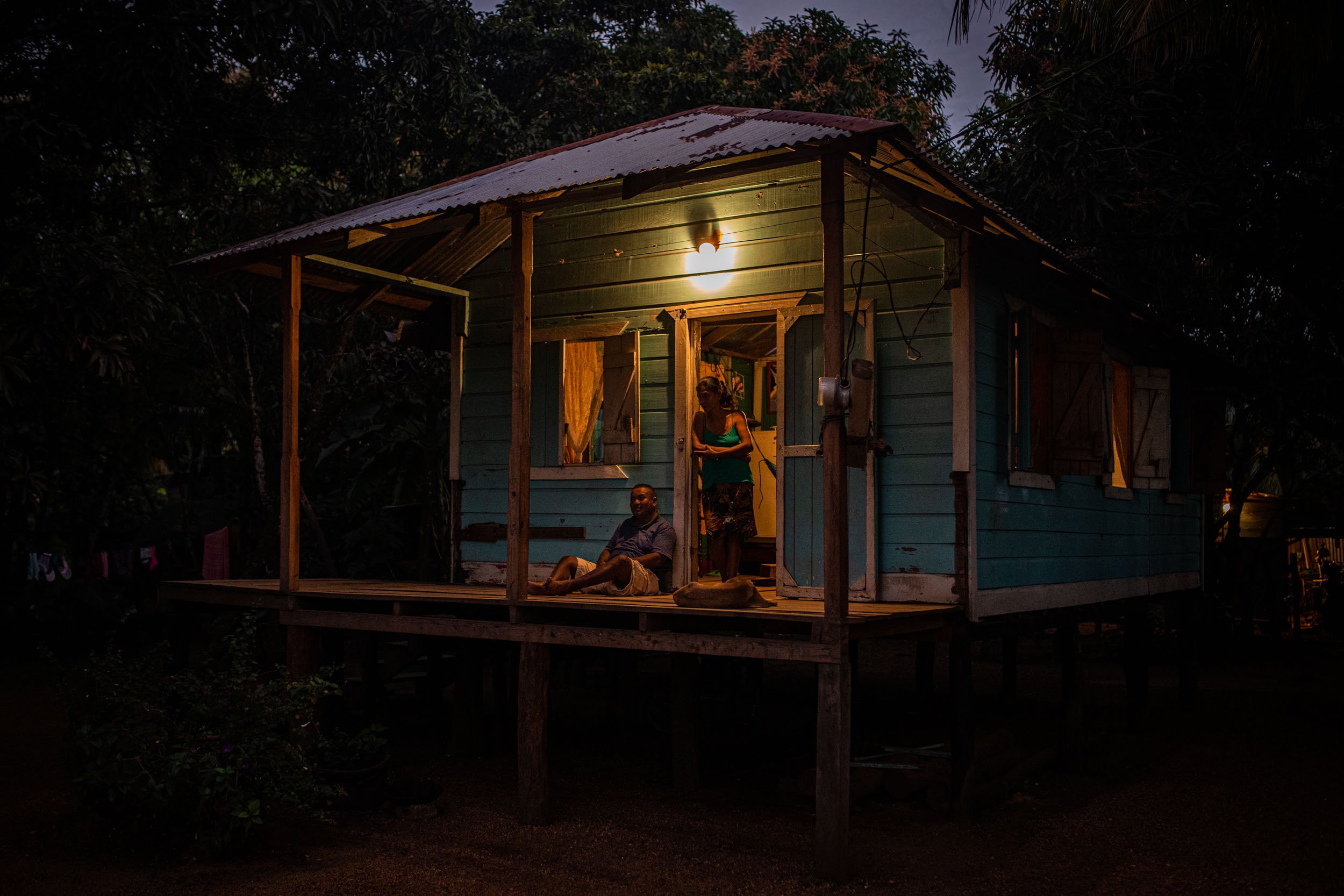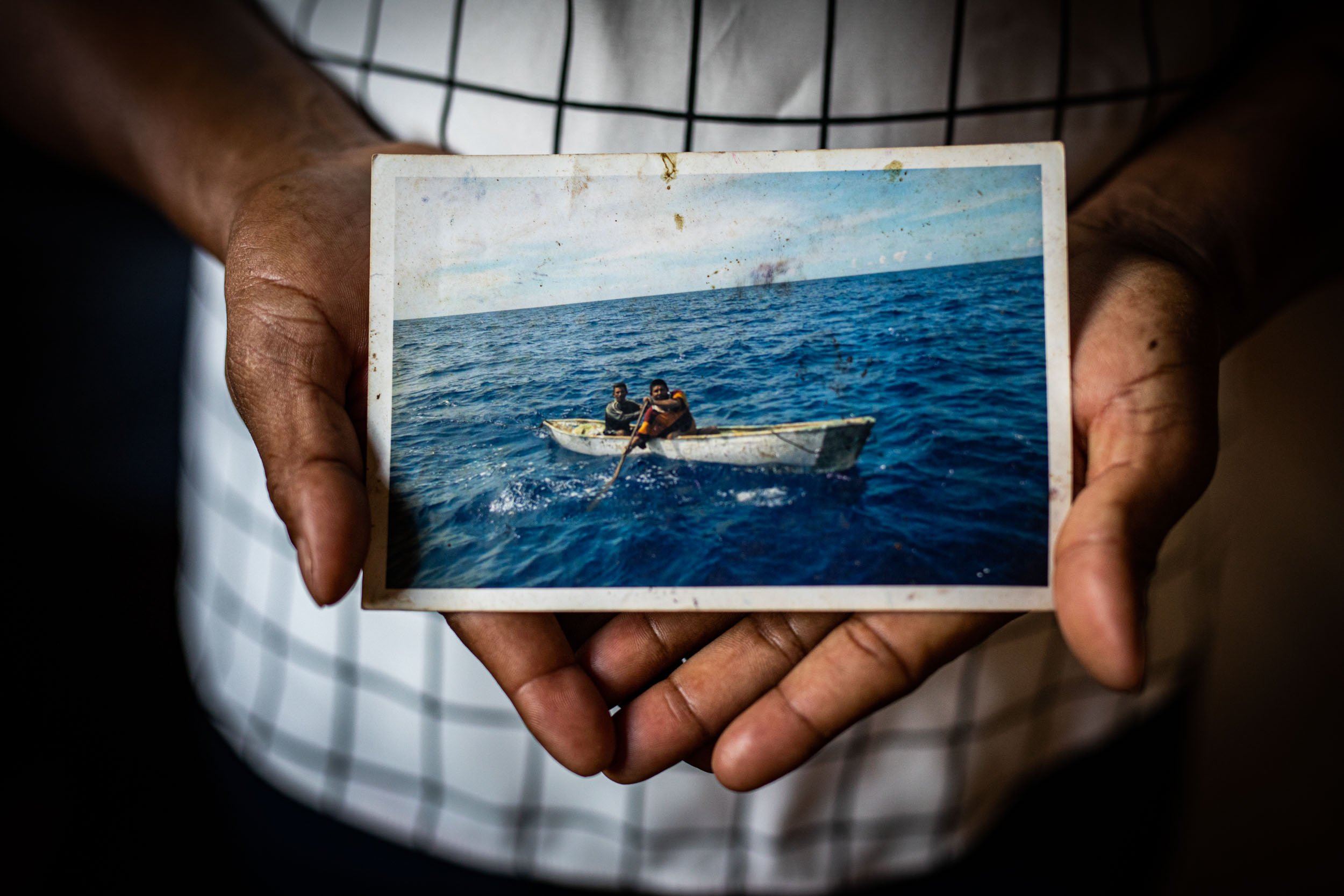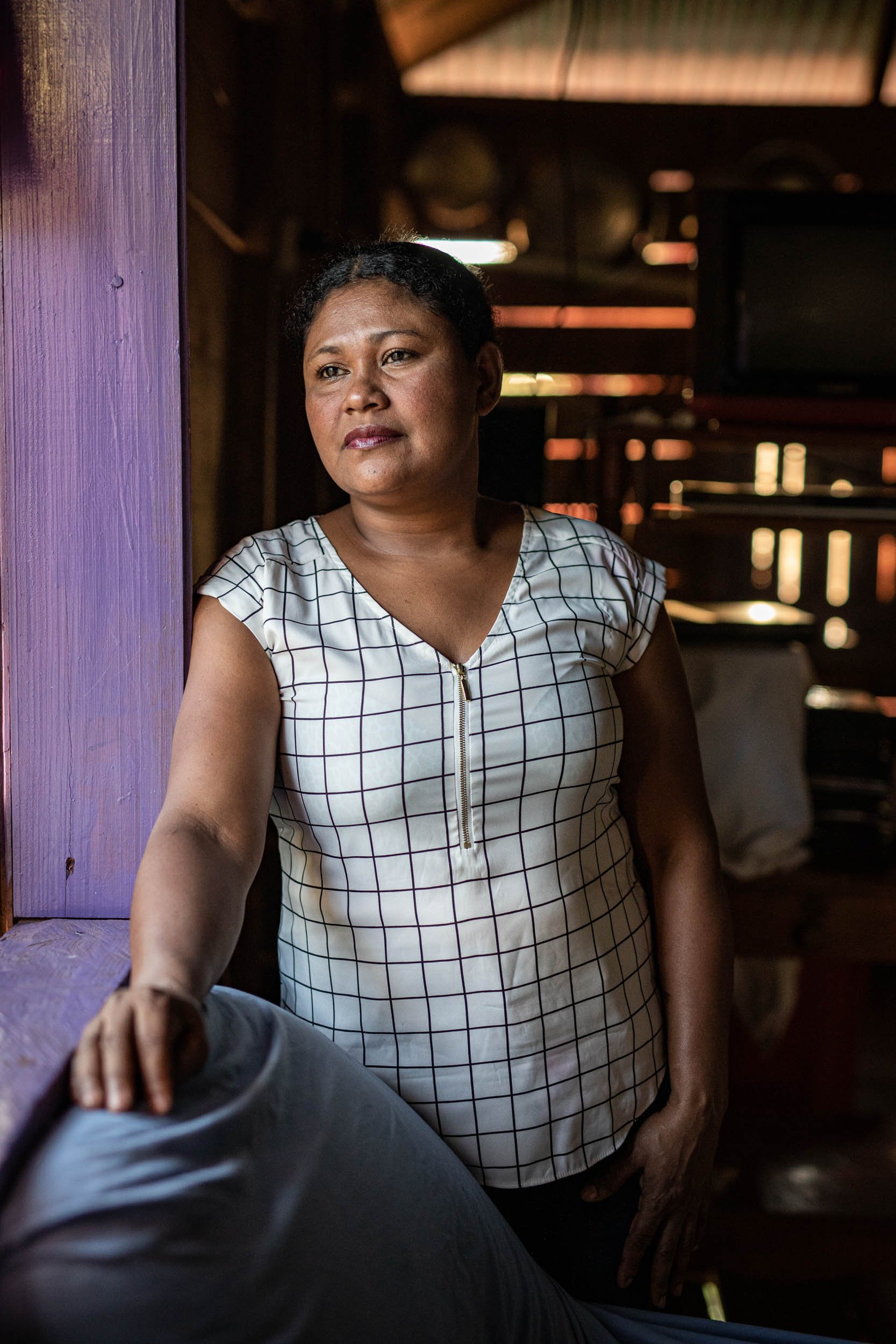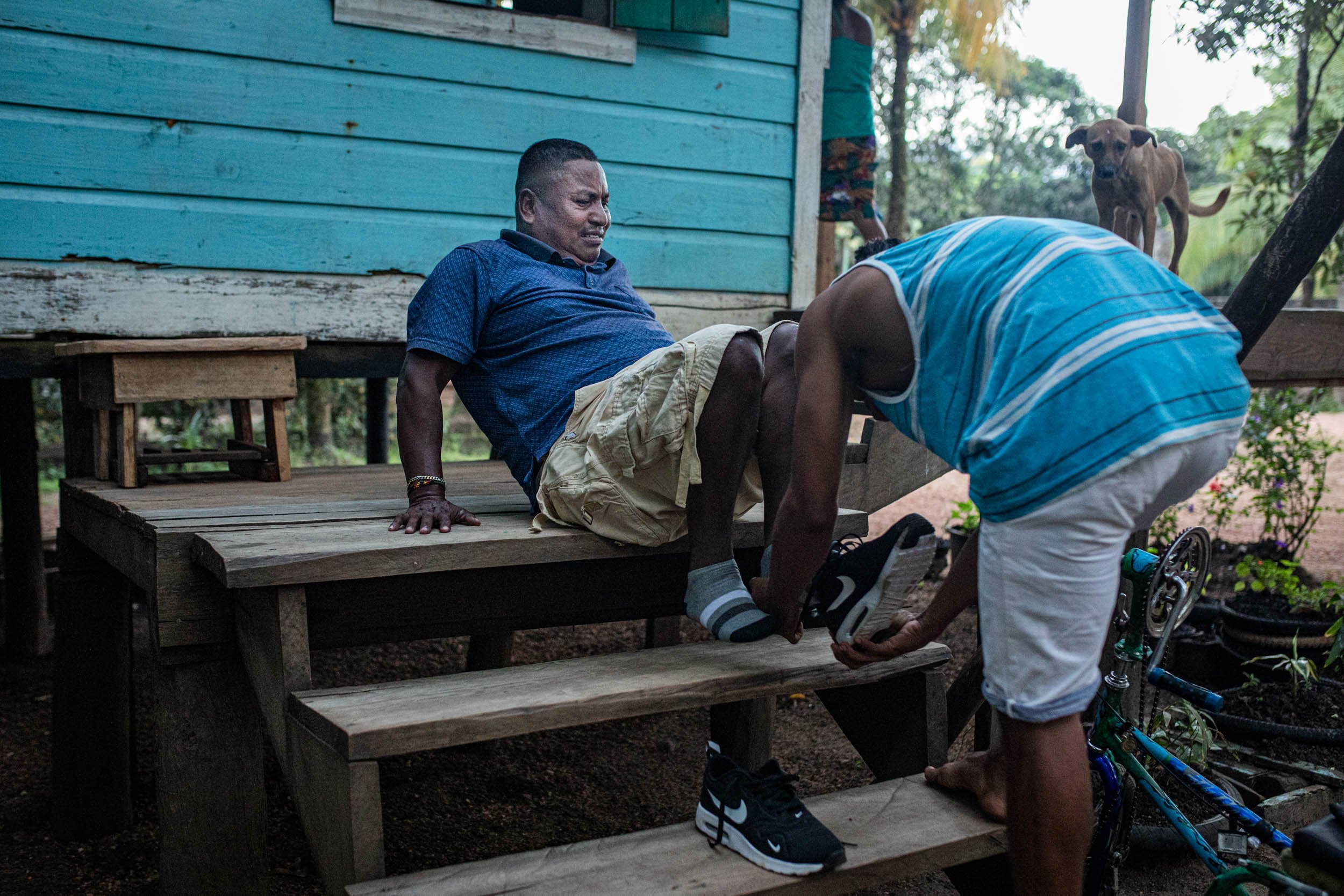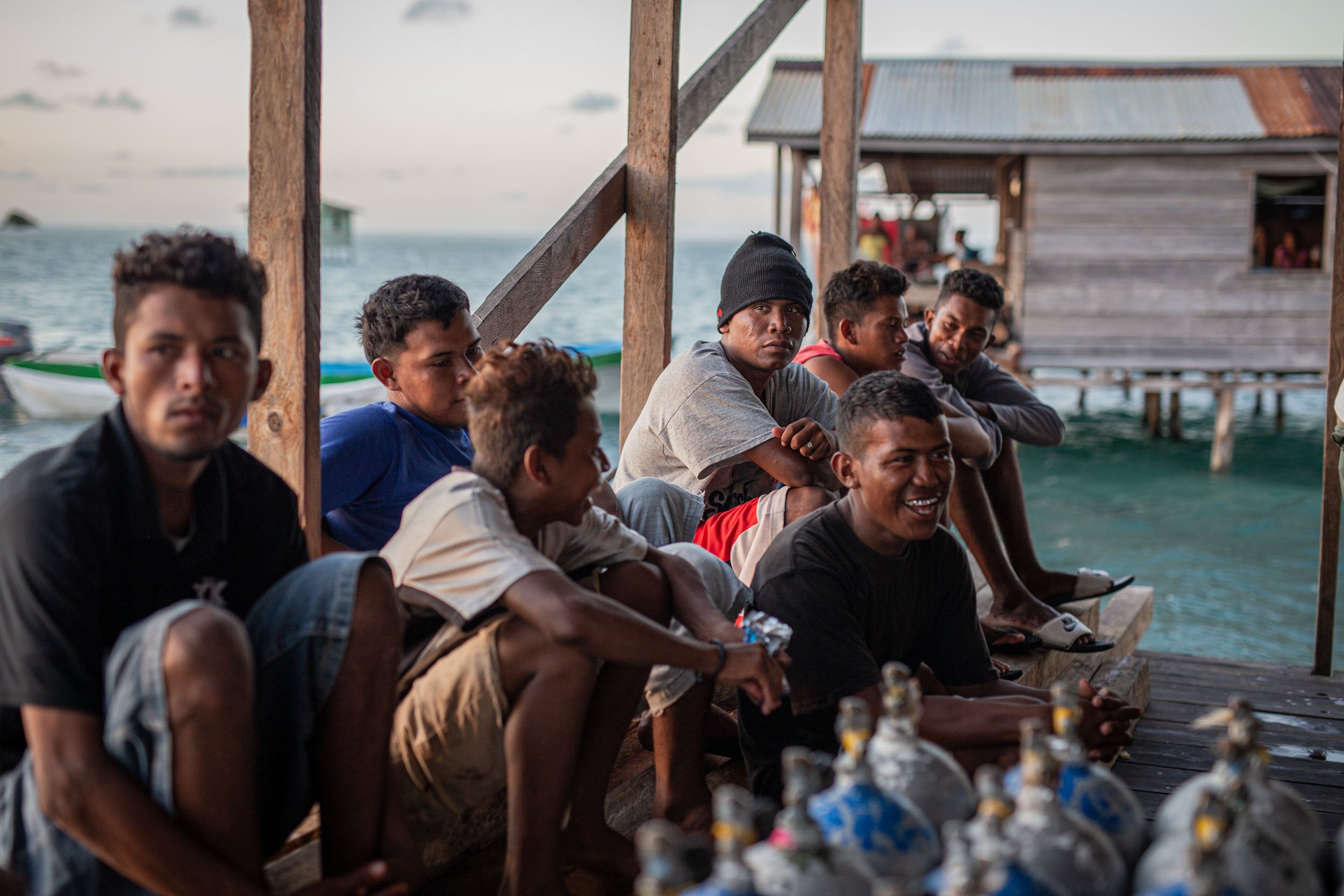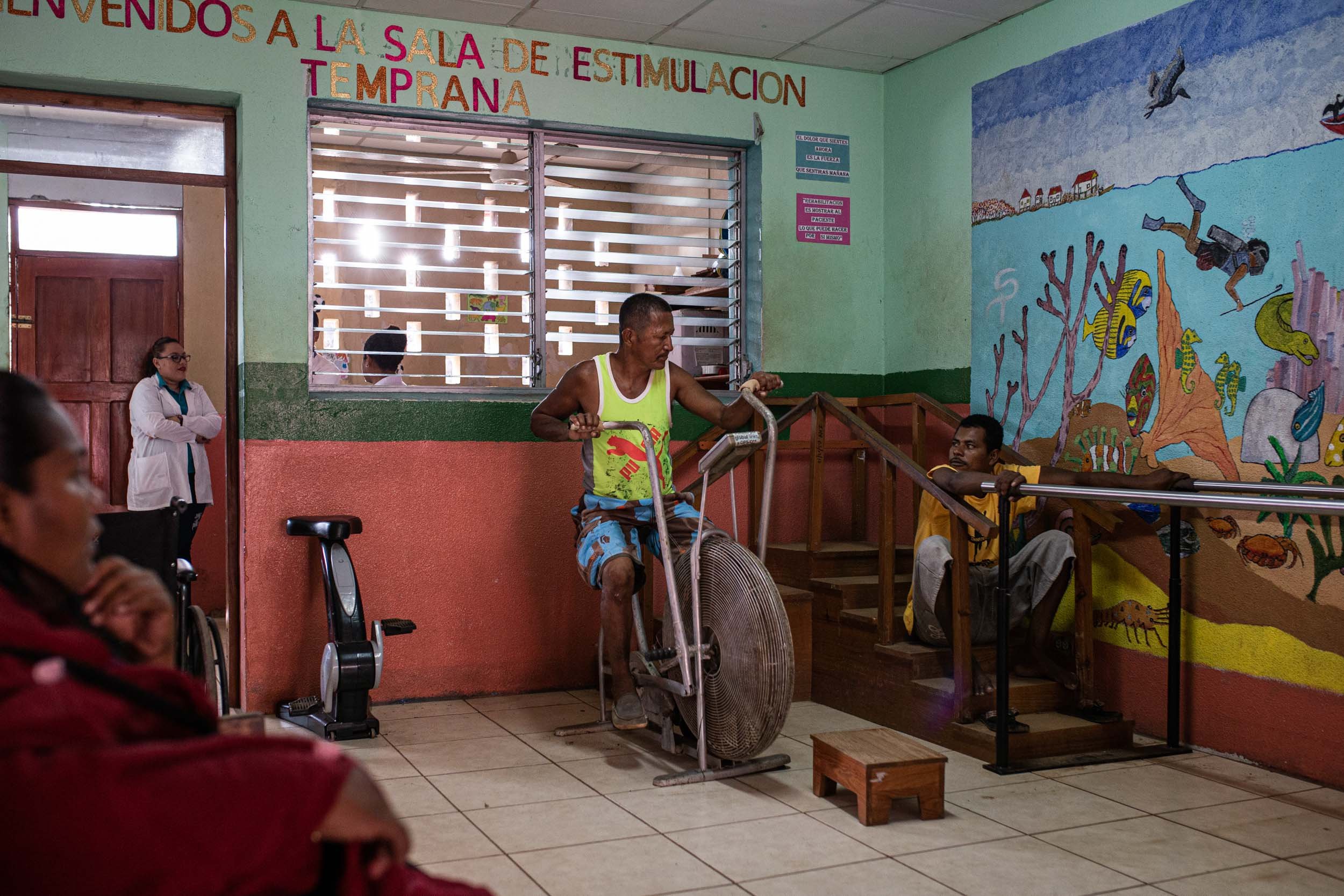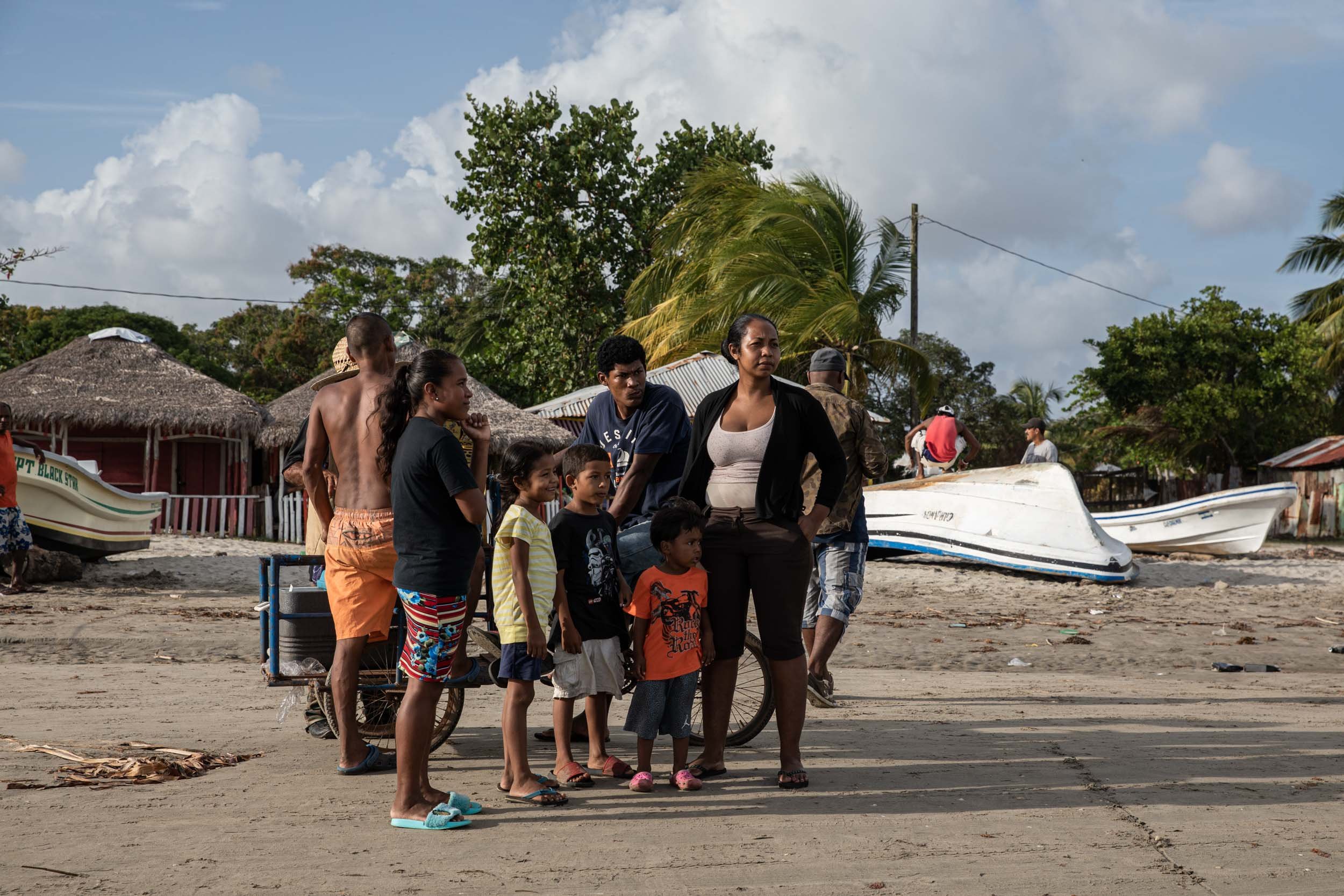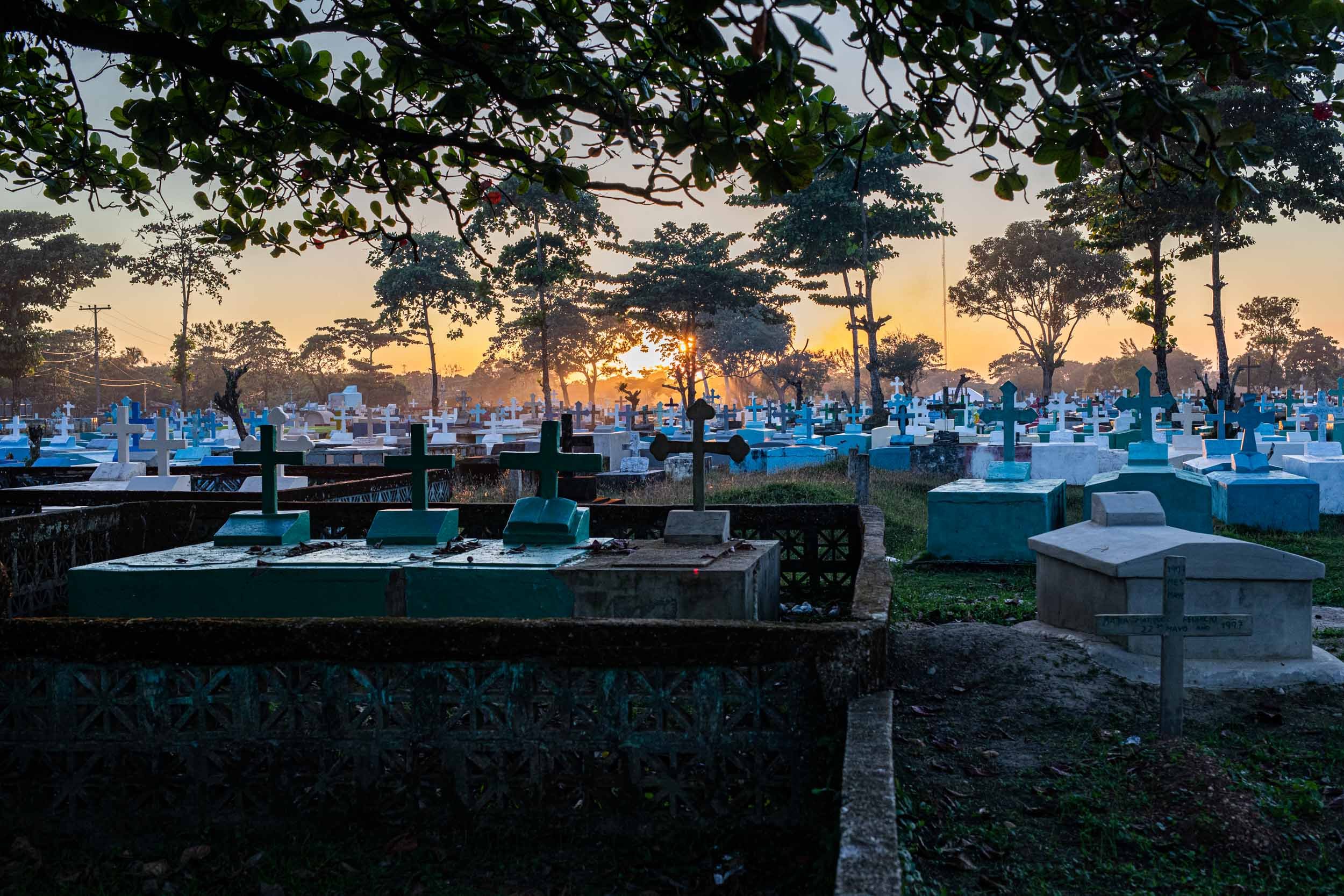For Nicaragua’s Lobstermen, Deadly Dives Are All Too Common
In the rural villages on the Caribbean coast of Nicaragua, the indigenous communities rely on fishing for income, and one of the best opportunities is artisanal lobster-diving. The biggest export market with a growing demand for the delicacy in high-end hotels and an estimated $20 million of lobster, is the US.
With no professional equipment, the indigenous Miskito men free-dive as deep as 180 feet and are exposed to decompression sickness.
When the lobster industry in Nicaragua began in the 80s, divers had only to go 6-8 meters to find lobsters. Nowadays, the lobster population has declined, partially due to the high demand for lobster in the US, but also because of climate change scientists conclude (FAO). Rising water temperatures, changing sea currents, etc have made the lobsters move to deeper areas in the sea. In turn it has made it more dangerous for the Miskito to catch them. Every year around 100 fishermen are brought to the decompression chamber in Puerto Cabezas, but for many it is already too late. They remain paralysed, some of them also die (aprox. 1 per month). I found numbers from 2008, since 1990 over 200 fishermen had died due to decompression sickness, and aprox. 800 were injured. But ever since 2008, effects of global warming have taken their toll across the globe and this industry needs a spotlight to see how they have been affected.
For the young men, this high-risk job is often the only opportunity to provide their families. But the price for them and their community is high.
On assignment for The New York Times
